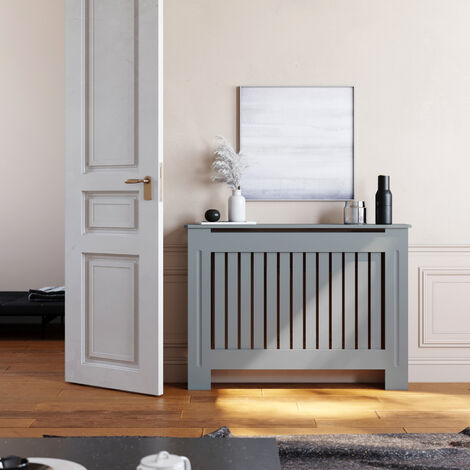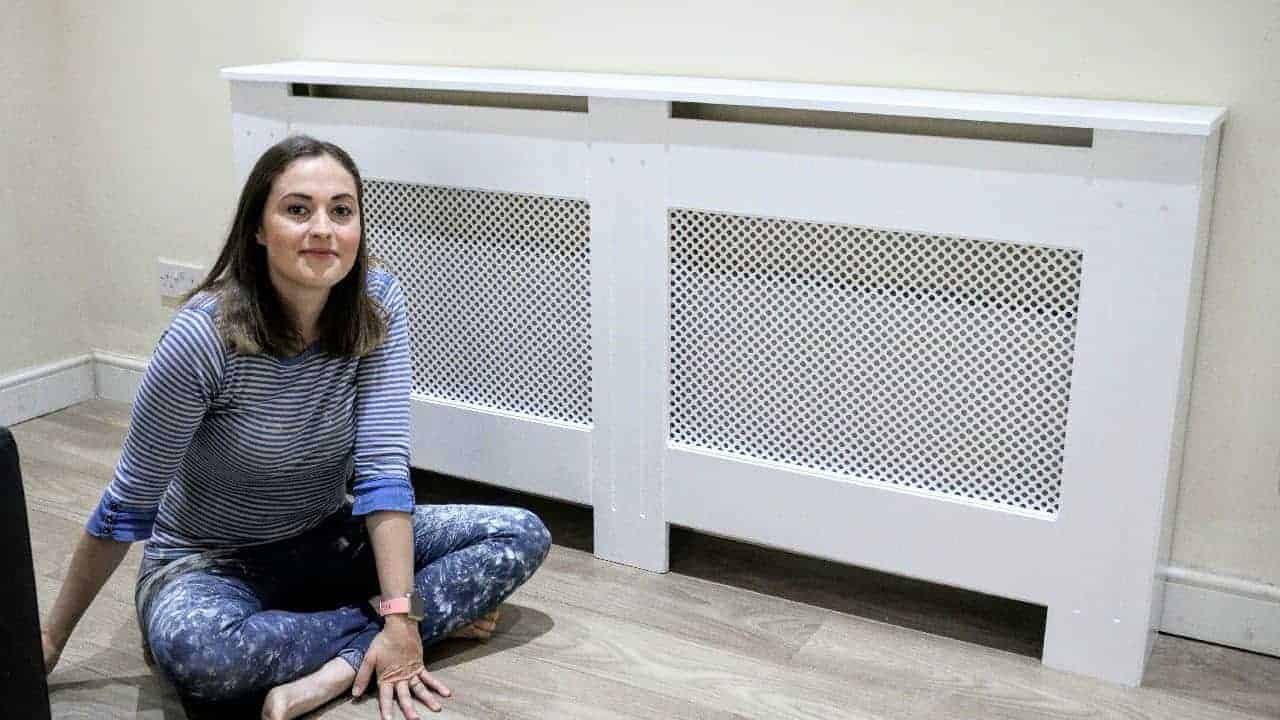Change Your Area with a Stylish Radiator Cover
Change Your Area with a Stylish Radiator Cover
Blog Article
Radiator Covers: Comprehending Materials, Designs, and Advantages
Radiator covers serve both functional and aesthetic functions within a home, using a variety of materials such as mdf, wood, and metal to fit different style preferences. As styles evolveâEUR" from traditional to contemporaryâEUR" these covers not just enhance the visual appeal of a room but also add to safety and security and energy efficiency. Choosing the best radiator cover entails understanding the nuances of materials, designs, and their linked advantages. This exploration elevates essential inquiries about just how these aspects integrate into your living environment and what factors to consider ought to assist your choice procedure.
Sorts Of Products


Wood covers, commonly crafted from woods such as oak or maple, give a classic, cozy appearance that complements typical insides. Their longevity and capability to be discolored or painted contribute to their versatility. Metal covers, commonly made from steel or light weight aluminum, are preferred for their effectiveness and contemporary look, often including sleek lines that improve contemporary areas.
MDF, a produced wood product, is prominent for its cost-effectiveness and ease of modification. It can be repainted or ended up to match existing decor while supplying a smooth surface area. Plastic covers, while less common, are resistant and lightweight to dampness, making them appropriate for damp environments.
Inevitably, the option of product for a radiator cover should line up with the house owner's design preferences, useful requirements, and the certain environment where the cover will be mounted. Each material offers a distinctive personality, making sure that there is a choice to fit every taste and setting.
Popular Layout Styles
Stressing aesthetic charm, popular layout styles for radiator covers mirror a range of tastes and interior design fads. Traditional layouts frequently include complex woodwork and luxuriant describing, making them suitable for timeless or vintage-inspired insides. These covers normally integrate carved aspects, giving a cozy and inviting feeling to any type of room.
In contrast, modern designs concentrate on minimal aesthetics, identified by tidy lines and underrated style. Products such as steel or sleek timber with a smooth finish are commonly used, enabling these covers to mix flawlessly into modern-day spaces. Industrial styles, on the various other hand, embrace basic materials like subjected steel and concrete, including a bold statement to loft or city setups.
For those seeking a special touch, bespoke styles offer customization choices that accommodate private choices, enabling home owners to select colors, patterns, and products that match their decor. Additionally, farmhouse-style covers incorporate rustic elements, featuring distressed wood and straightforward types that stimulate a comfortable, country appeal.
Benefits of Radiator Covers
Radiator covers not just boost the visual appeal of an area but additionally use several useful benefits that make them a beneficial addition to any type of home. Among the primary advantages is security, particularly in households with kids or animals. Covers lower the threat of burns from hot radiator surface areas, guaranteeing a much safer setting.
Additionally, radiator covers can boost power efficiency. By directing warmth into the area as opposed to permitting it to leave, they help preserve a consistent temperature level, decreasing heating expenses gradually. This is specifically helpful in older homes where radiator systems may be much less effective.
An additional noteworthy advantage is noise reduction. Radiators can sometimes generate undesirable sounds during operation, and covers can aid muffle these sounds, contributing to a much more tranquil space. Radiator covers can be functional, supplying additional storage space or display space, thus taking full advantage of the utility of often-overlooked locations.
Last but not least, they can safeguard radiators from dust and particles, which can prevent performance and boost maintenance needs. With these integrated benefits, radiator covers arise as a practical remedy for enhancing both the performance and design of any kind of home atmosphere.
Installment Considerations
Setting up radiator covers calls for mindful consideration to guarantee both performance and safety (Radiator cover). Initially, examine the measurements of your radiator and the surrounding room to guarantee an appropriate fit. Precise dimensions are important; an uncomfortable cover can obstruct warmth flow or develop security threats
Next, review the material of the cover. While wood supplies aesthetic charm, steel options might give much better durability and warmth resistance. Take into consideration the weight of the cover also; larger covers may need added support or reinforcements to prevent drooping or damage in time.
Air flow is another vital facet. Covers must feature appropriate air movement to avoid overheating and preserve reliable home heating. Look for designs with slats or perforations that enable warmth to flow without obstruction.
Additionally, guarantee that the cover is safely placed to stop accidents, especially in homes with family pets or kids. Radiator cover. It's suggested to adhere to the manufacturer's installation guidelines closely and, if necessary, speak with an expert for complicated setups
Maintenance and Care Tips
Proper upkeep of radiator covers is vital for guaranteeing their long life and optimum efficiency. Normal cleansing is vital; dust and debris can build up, obstructing airflow and lowering warm effectiveness. Utilize a soft, damp cloth like this or a microfiber duster to delicately clean the surface area, preventing harsh chemicals that might harm the surface. For painted or wood covers, take into consideration a suitable gloss or safety finishing to preserve their appearance.
Evaluate the covers regularly for signs of wear or damages, such as fractures or peeling paint. Resolving these problems quickly can avoid further damage. Make sure that the covers are securely attached and look for any kind of loose screws or installations, as vibrations from the radiator can loosen them over time.
In chillier months, avoid putting heavy items or attractive products on top of the radiator covers, as this can hamper warmth distribution and cause unneeded anxiety to the structure. Consider seasonal upkeep by getting rid of the covers for extensive cleaning and inspection throughout warmer months when the home heating system is non-active. Embracing these basic treatment ideas will certainly enhance the efficiency and aesthetic allure of your radiator covers, ensuring they offer their function efficiently for years ahead.

Final Thought
In summary, radiator covers serve as visual and useful improvements to household areas. Careful consideration Continued of installment and maintenance further makes sure the longevity and effectiveness of radiator covers in any type of home setting.
Radiator covers serve both visual and useful purposes within a home, providing a variety of products such as mdf, metal, and have a peek here hardwood to fit numerous layout preferences. Choosing the best radiator cover includes recognizing the subtleties of products, layouts, and their linked advantages.Stressing visual appeal, popular design styles for radiator covers reflect a range of tastes and interior design trends.Radiator covers not only enhance the aesthetic appeal of a room but also offer several useful benefits that make them a worthwhile addition to any kind of home. Consider the weight of the cover as well; larger covers might require additional support or supports to stay clear of drooping or damages over time.
Report this page